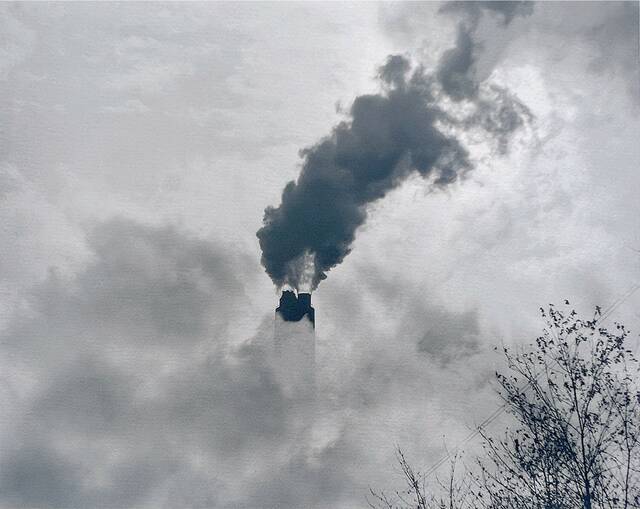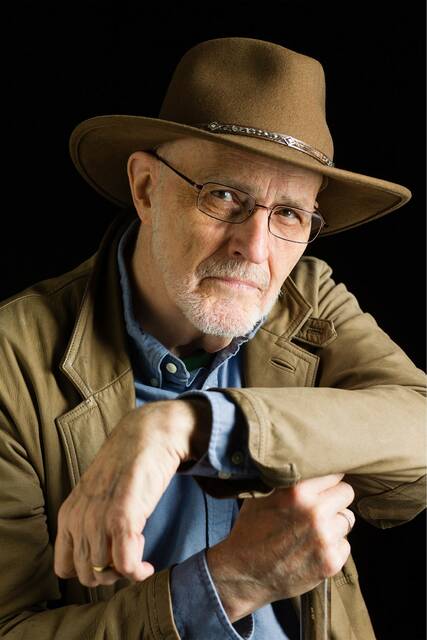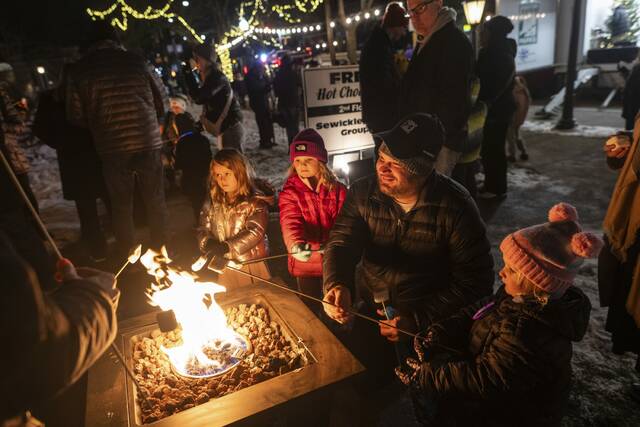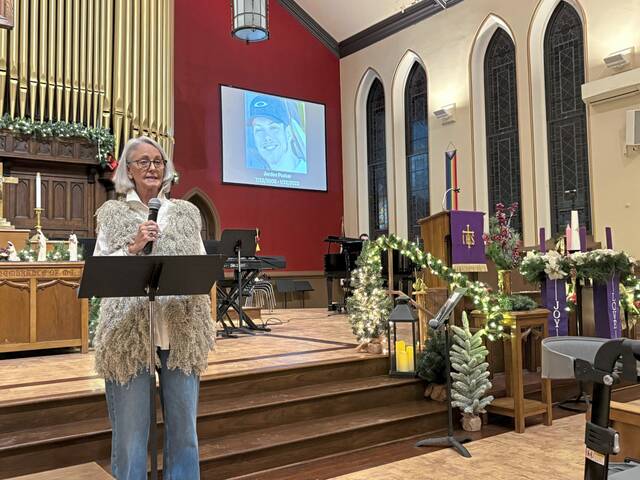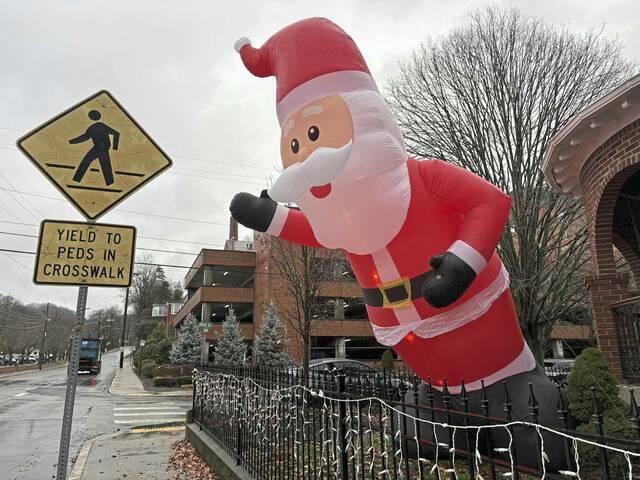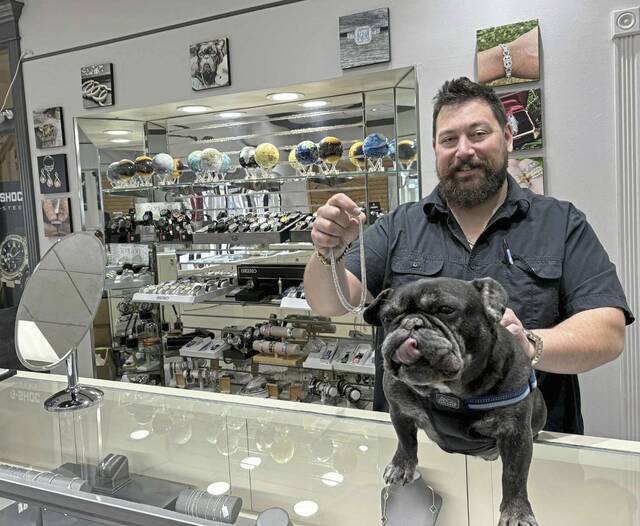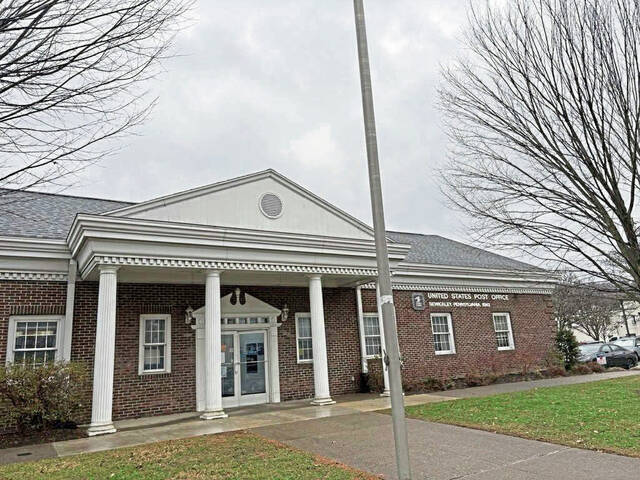Mark Rengers Gallery in Sewickley is set to showcase the work of noted local photographer and author Richard Snodgrass.
“Richard Snodgrass: Retrospective” opens Aug. 30 and will highlight the artist’s decades-long career of capturing life in Western Pennsylvania.
“I’m really pleased,” Snodgrass said.
“(Mark Rengers) has been so supportive of my work over the years. I think he wanted to show the breadth of my work over the years and that’s what he’s aiming for with this show,” he added.
“He’s a Pittsburgh scholar, he’s a treasure for the community. … His works are just incredible,” said Mark Rengers, owner of the Mark Rengers Gallery. “All the artists that we represent are usually really, really good in one area. He’s really, really good in two areas — he’s an excellent writer and an excellent photographer, and he combines those in much of his work,” Rengers added.
Snodgrass, 84, is a native of Beaver Falls. He has been interested in photography since the 1950s.
“When I was a teenager, the only place where I could find pictures of pretty girls was in the photography annuals that they produced at that time. To my credit, eventually, I turned the page,” he said. “They would feature the masters of photography, such as Edward Weston and Walker Evans … and I got really interested in their work and in photography, this was when I was probably a junior, a senior in high school.”
He wanted to pursue a career in photography — and even apprenticed at studios in the Beaver Falls area — but he realized that he didn’t have the chemistry background that was necessary for his chosen path.
“So I decided that I was going to pick up photography after I got my regular degree in English. But I got sort of sidelined with writing after discovering the work of James Joyce — so I concentrated on writing.”
His interest in photography came back to the forefront in the late 1960s when he found the book “God’s Country and My People” by Wright Morris.
“The book had a page of text and across from it is a photograph that he had taken when he was younger. I saw how the two mediums could work together and not illustrate each other, but sort of as equal metaphors for whatever the story was that he wanted to tell,” he said.
After graduating from the University of California at Berkeley, Snodgrass spent time living in San Francisco and traveling around the California Gold Country and into the Sierra Nevada Mountains. There, he would photograph California mining towns and found a familiar spark in the subject matter.
“I realized eventually that what I was doing was sort of an imitation of what I was really interested in, which were these small towns that I knew back in Western Pennsylvania. … So I made a couple of month-long visits back here and photographed my family’s house, photographed the neighborhood and the mills and realized, wow, this is my subject matter, this is what I’m really interested in because it’s what I know,” he said.
As a writer in addition to his photography, he gained perspective on how to approach art.
“People say you should write about what you know. I don’t agree with that. I think you should write about what you didn’t know that you knew because it’s got to be a discovery.”
In San Francisco, he worked as a construction inspector, and he found the experience valuable. He was comfortable with the people he met in his work, automatically — they were the same type of people that he grew up around in Western Pennsylvania.
He moved back to Western Pennsylvania in the early 1980s and his work has been shown in places including the Heinz History Center in the Strip District in an exhibition titled “AfterImage: Mill Life Remembered.”
Snodgrass has also had an extensive writing career, which was influenced by that same job. After the publication of his first novel, “There’s Something in the Back Yard,” he began to work on a concept drawing from his construction experience and his knowledge of the areas where he grew up.
That kernel of an idea blossomed into an eight-installment story called “The Books of Furnass.” The full series took around 35 years to complete, and he began to self-publish the books starting in 2018.
In addition to his realistic portraits of life in the towns of Western Pennsylvania, Snodgrass also took on the domestic in a 2013 collection called “Kitchen Things.”
“You know, I’m a great believer that if you’re a great photographer or artist, you don’t have to travel anywhere to be able to find your subject matter. You should be able to look exactly where you are and find your subject,” Snodgrass said of the collection. “We had this implement, it was a potato masher. I started looking at that and thinking, wow, you could actually sort of feel all the people who had ever used that implement.”
He looked around for more of the older kitchen utensils and instruments that his wife, Marty, had at home to use as subjects. “I realized that they both showed the spirit of the people who used them, but they became metaphors in themselves for other things. Some of them look like people. You just got a feeling that this thing, isolated by itself, taken out of its normal context, assumed its own personality,” he said.
Rengers is fascinated by how Snodgrass can create life with objects.
“He always talks about photographing people with having absolutely no people in his photographs. … One of his photographs is an old chair that a steelworker, when he would get home at night, that was his chair. When you look at the chair and all these things around it, you make this picture of the man who sits in that chair.”
The exhibition will open on Aug. 30, and a reception will be held from 6 to 9 p.m. It will be on view at the gallery until Oct. 12. To learn more, visit markrengersgallery.com.


